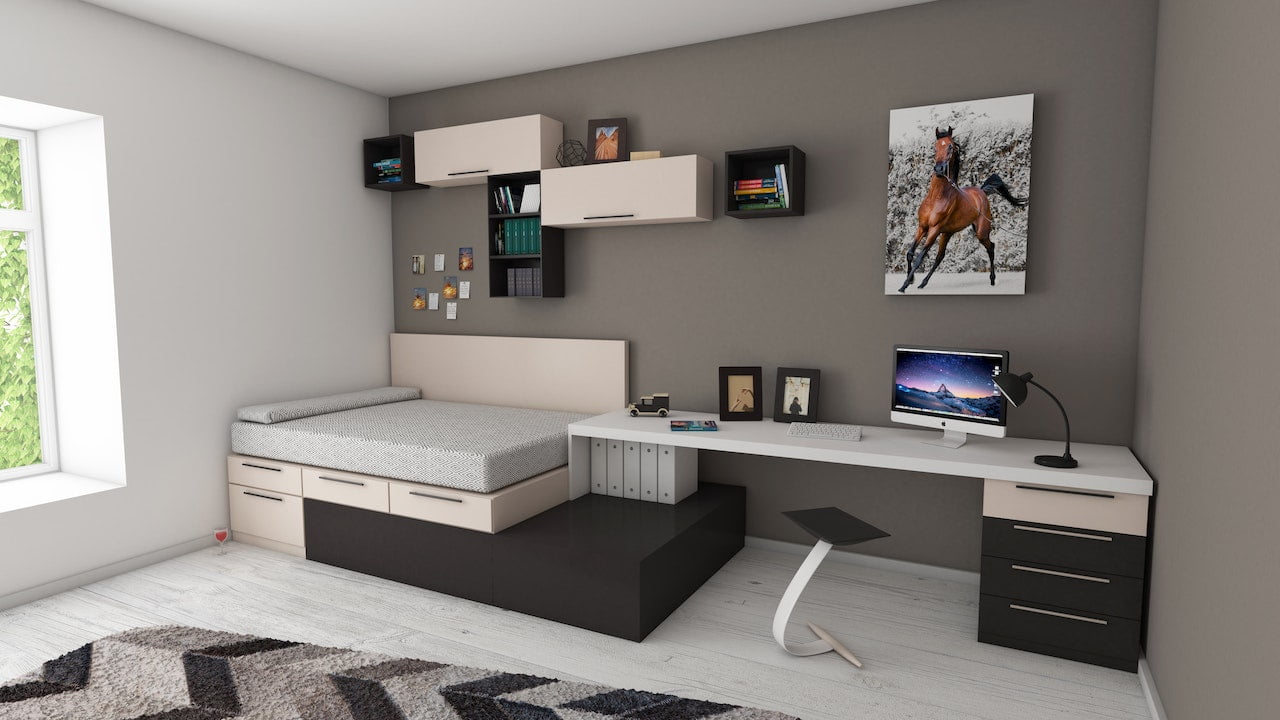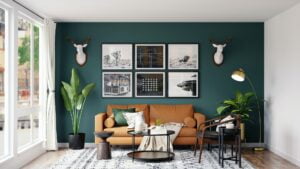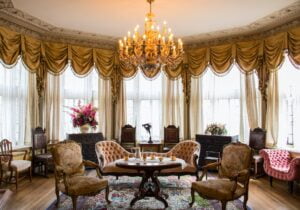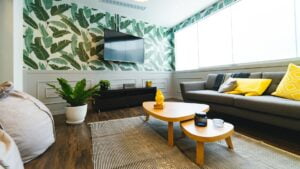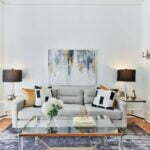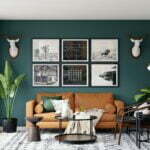Minimalist interior design is defined as a simple, functional design that emphasises the use of natural materials. This design strategy’s purpose is to create a peaceful, clean environment that is both aesthetically pleasing and useful. The minimalist style is defined by its clean lines, neutral colour scheme, and emphasis on the use of negative space. There are a few key recommendations that will assist you in creating a fantastic minimalist interior design for your home. In this piece, we’ll look at the top seven ideas for creating a minimalist home design that is both aesthetic and functional. These suggestions might help you create a welcoming environment whether you’re starting from scratch or simply updating your present space.
1. Start with a Neutral Color Scheme
A minimalist home design requires the use of a neutral colour palette. The core of the minimalist design is neutral hues like white, grey, beige, and taupe. These hues contribute to the tranquil and serene ambience needed to achieve a minimalist look.
Also, neutral hues offer a clear and uncluttered background for adding accents of colour and texture with decorations and furnishings. To preserve a unified design, it’s crucial to keep to a small colour pallet when selecting accessories. This may be done by picking a few accent colours and using them in a few important objects scattered across the room.
Neutral colours provide functional advantages in addition to aesthetic ones. They are simple to keep up and tidy, which is crucial in a minimalist setting where clutter is kept to a minimum. Also, they offer a timeless and traditional appearance that will never go out of style, making it simpler to refresh the room in the future without having to entirely redo the layout.
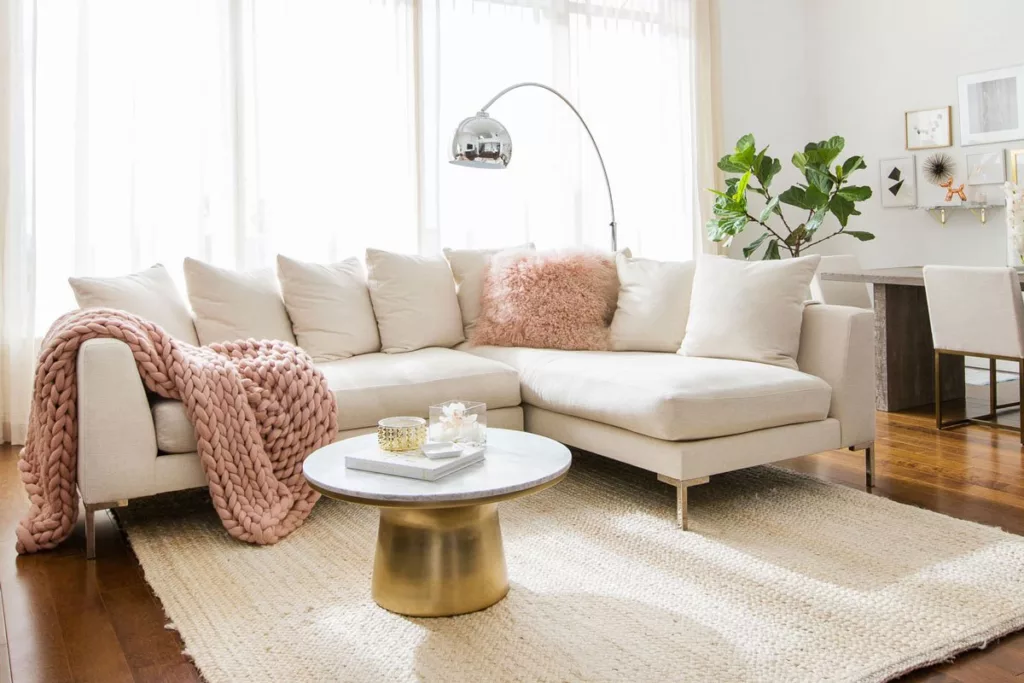
2. Focus on Functionality
Functionality is an important feature of minimalist interior design. The idea is to create a room that is both visually appealing and functional. This implies that everything in your area should be functional and have a purpose.
While selecting furniture for a minimalist design, keep usage and functionality in mind. Instead of selecting gorgeous objects that serve no practical purpose, prioritise items that are functional and usable on a daily basis. Pick a dining table that can also serve as a desk and a comfortable, easy-to-clean sofa.
By emphasising practicality, you may eliminate clutter and make it easier to keep your area clean and organised.
This is due to the fact that useful furniture and accessories are less prone to collect dust or become cluttered with needless objects. Also, knowing the purpose of each object makes it easier to maintain your environment organised and tidy.
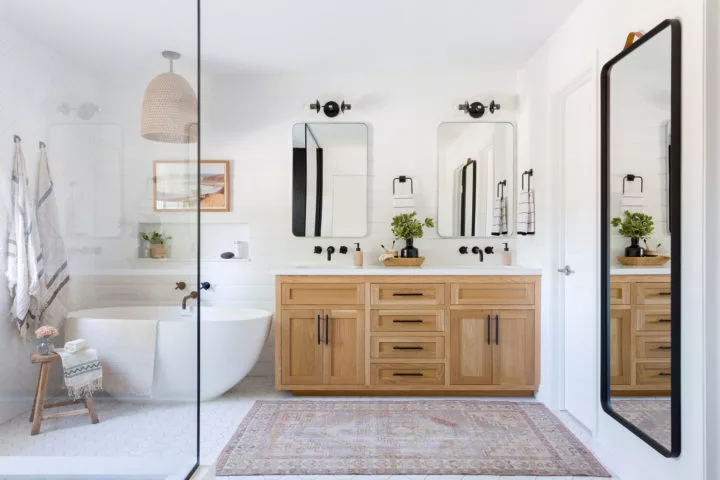
3. Embrace Natural Materials
The use of natural materials is a crucial aspect of minimalist interior design that helps to create a feeling of warmth, texture, and interest in the living space. Due to the authentic touch, these materials provide the place, it appears more grounded and connected to the natural world.
One of the most typical natural materials utilised in minimalist interior design is wood. It is a flexible material that can be applied to a range of projects, including accent walls, furniture, and flooring. Darker wood treatments like walnut and mahogany may evoke a sense of refinement and richness, while natural wood finishes like oak, birch, and maple can create a warm and inviting ambience.
Another organic element that is commonly utilised in minimalist architecture is stone. It works especially well in bathrooms and kitchens, adding a sense of luxury and elegance. For minimalist interior design, common stone choices include marble, granite, and travertine.
Also frequently utilised in minimalist home design is metal. Metal may be used for bigger pieces of furniture like metal chairs or tables or as accessories like light fixtures or picture frames. Although copper or brass treatments may give warmth and refinement to the room, brushed steel or matte black metal finishes can produce a sleek and futuristic appearance.

4. Use Light Strategically
All interior designers must consider how to use light, but minimalist design places a unique emphasis on it. A sense of openness and space may be created inside a room and architectural details can be highlighted with the aid of lighting design.
For instance, highlighting a particular region or feature of a room with task lighting, such as a decorative wall panel or a work of art, may bring focus to these features and provide a focal point in the room. Similar to how furniture may serve to create a cosy ambience, ambient lighting such as a floor lamp or pendant light.
Another important component of minimalist interior design is the layering of many types of light sources. Task lighting, ambient lighting, and accent lighting may all be used together to create a dynamic and layered lighting system that improves the room’s overall appearance and atmosphere. Dimmer switches may be used to do this since they let you change the brightness of each light source to provide the desired effect.
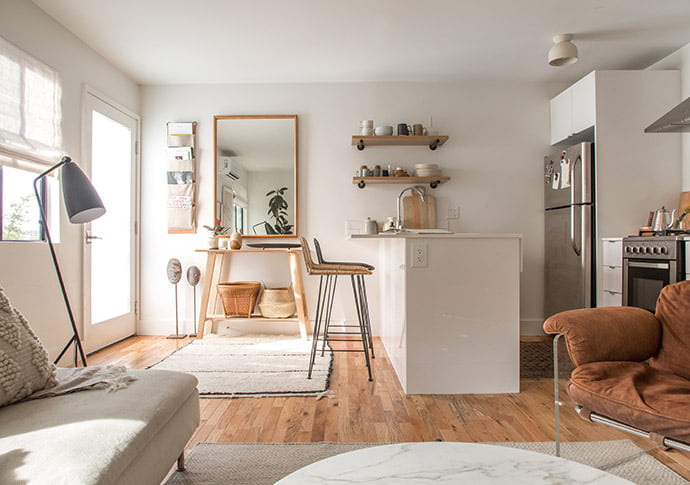
5. Keep Surfaces Clean and Clear
One of the guiding principles of minimalist home design is to keep surfaces free of clutter. This entails staying away from clutter and choosing a simpler decorative style. Choose a few statement pieces that will serve as a focal point and bring interest to your home rather than stuffing every available space with décor.
The feeling of openness and space is one advantage of keeping surfaces clear and tidy. A minimalist design strategy provides more breathing room and a calmer atmosphere while minimising clutter, which may make a space feel crowded and overpowering. You may achieve a feeling of harmony and balance in your room by selecting a small number of properly picked things to display.
It’s crucial to prioritise quality over number when choosing goods to exhibit in a minimalist setting. Choose a few statement-making high-quality pieces rather than stocking your shelves and tabletops with inexpensive ornaments. They can include a work of art, a special vase, or a sculpture. You may make your area feel more unique and welcoming by selecting pieces that are important to you and enhance the space.
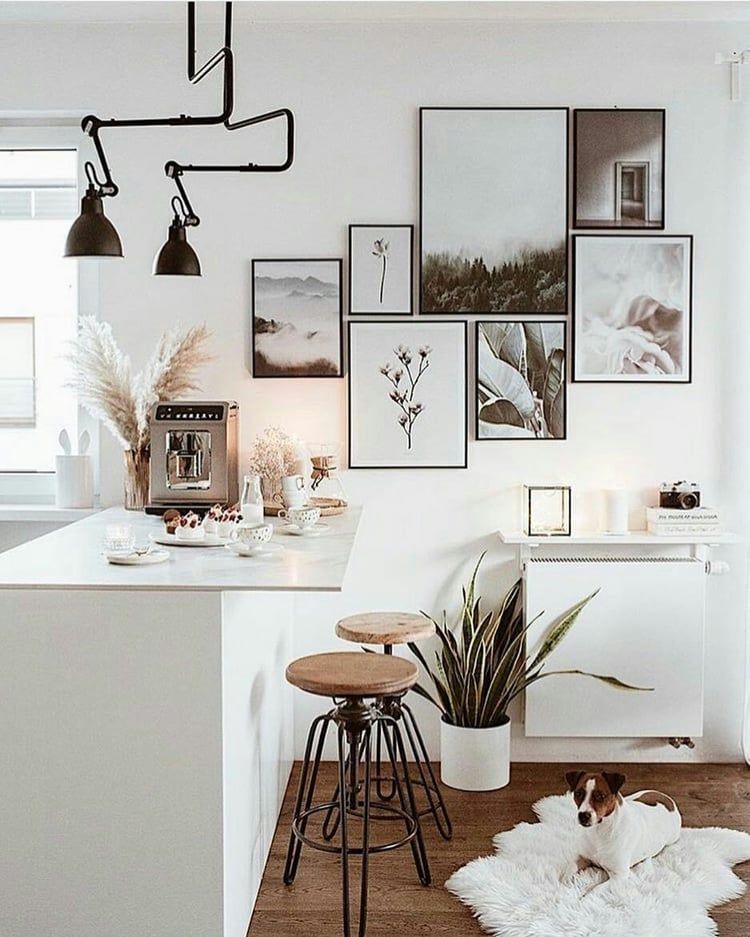
6. Incorporate Storage Solutions
A key component of minimalist home design is storage. The room should remain tidy and devoid of extraneous stuff, thus there should be enough storage space available. There are numerous ingenious methods to include storage in a minimalist area without compromising beauty, even though you might be cautious to include solutions that might interfere with the space’s simple design.
A built-in shelf is one of the most efficient methods to add storage to a minimalist space. Due to its seamless integration into the room’s construction, built-ins give the interior a streamlined and uniform appearance. They can be used to store useful objects like books and media equipment or to exhibit ornamental items. The size and arrangement of the shelves may also be altered to meet the specific needs of your space.
Using concealed cabinets is an additional choice. They are ideal for keeping things like seasonal apparel or holiday decorations that you don’t need to access regularly. Hidden cabinets can be incorporated into walls or passed off as other pieces of furniture, such as a credenza or console table. By doing this, you may maintain a clutter-free environment in your room while still having quick access to your necessities.
It might be difficult to incorporate storage options into a minimalist apartment, but with enough imagination and forethought, you can design a room that is both fashionable and useful. The important thing is to select storage solutions that are both functional and visually beautiful, whether you pick built-ins, concealed cabinets, modular furniture, or vertical storage alternatives.
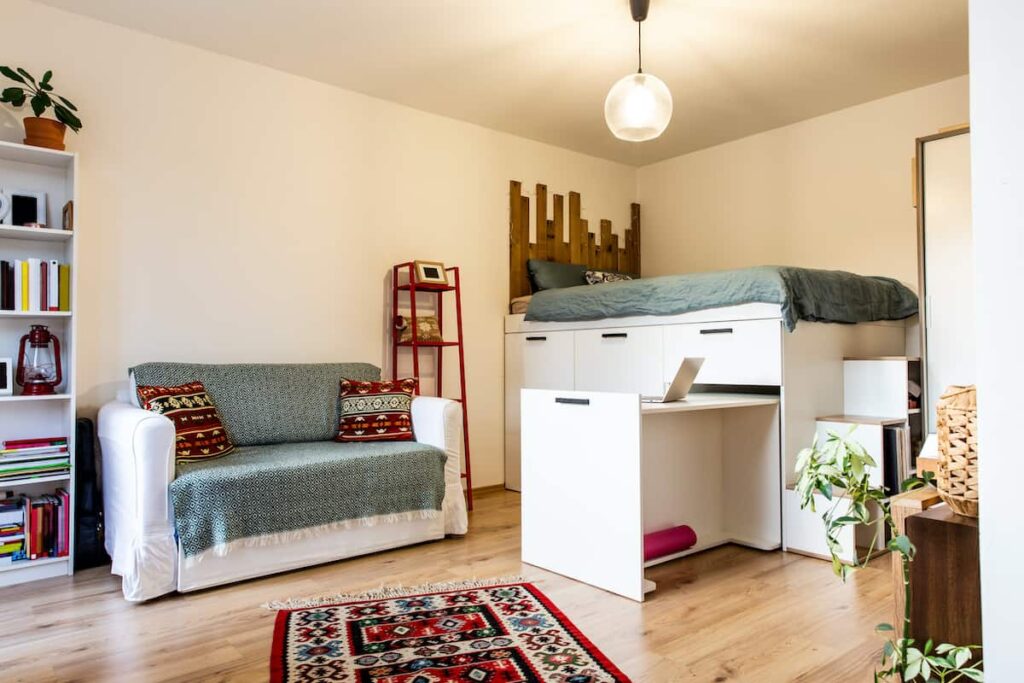
7. Edit Ruthlessly
Editing brutally is a crucial stage that cannot be skipped when constructing minimalist decor. Going through your possessions and being very honest about what you actually need and don’t need is required. It also entails being prepared to part with possessions that may hold sentimental significance but do not enhance your living environment.
Start by clearing before you start editing harshly. Look through your possessions to find anything you haven’t used in a while or don’t need. Old literature, out-of-style clothing, and unused ornamental objects may all fall under this category. It’s time to let go of something if it isn’t fulfilling its purpose or providing you joy.
Second, analyse the worth of your region. Is there any furniture or accessories that occupy valuable space while serving no purpose? Do you have an empty chair or a side table that is generally covered in newspaper, for example? If this is the case, it is time to let those goods go and make room for something more useful and practical.
Evaluate your room’s general design. Do your surfaces appear crowded and cluttered as a result of an excess of decorative items? Is there anything in your design that clashes with the rest of it? Remove everything that does not fit your intended aesthetic to make a place appear more coherent and serene.
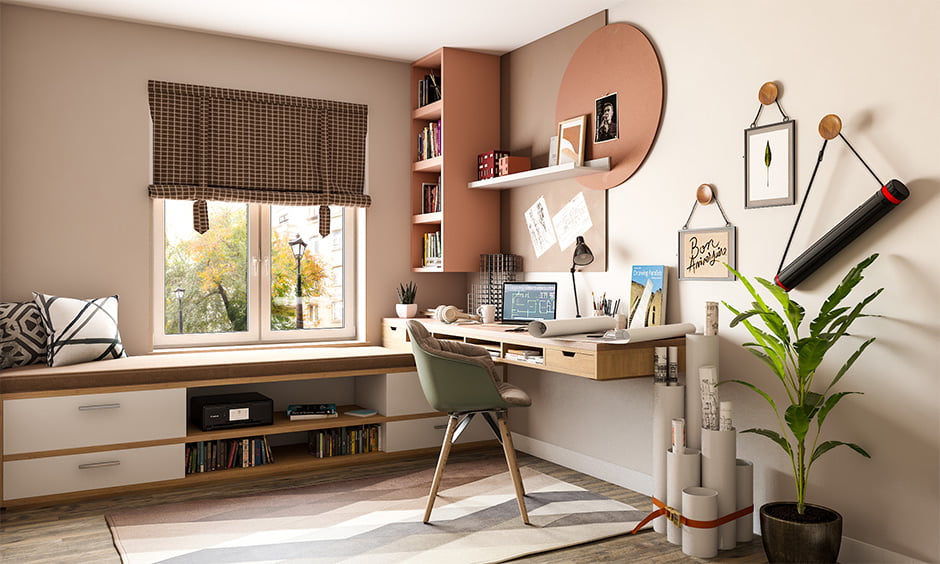
In conclusion, designing a beautiful minimalist space takes careful consideration. You may design a place that is both lovely and peaceful by emphasising utility, natural materials, and a neutral colour palette. To maintain a clutter-free atmosphere, keep surfaces clear and clean, add creative storage options, and edit harshly. You’ll be well on your way to designing a lovely minimalist environment that you’ll love going home to if you keep these suggestions in mind.
This post contains affiliate links. When you buy through links on our site, we may earn an affiliate commission. Read the full disclosure here.

